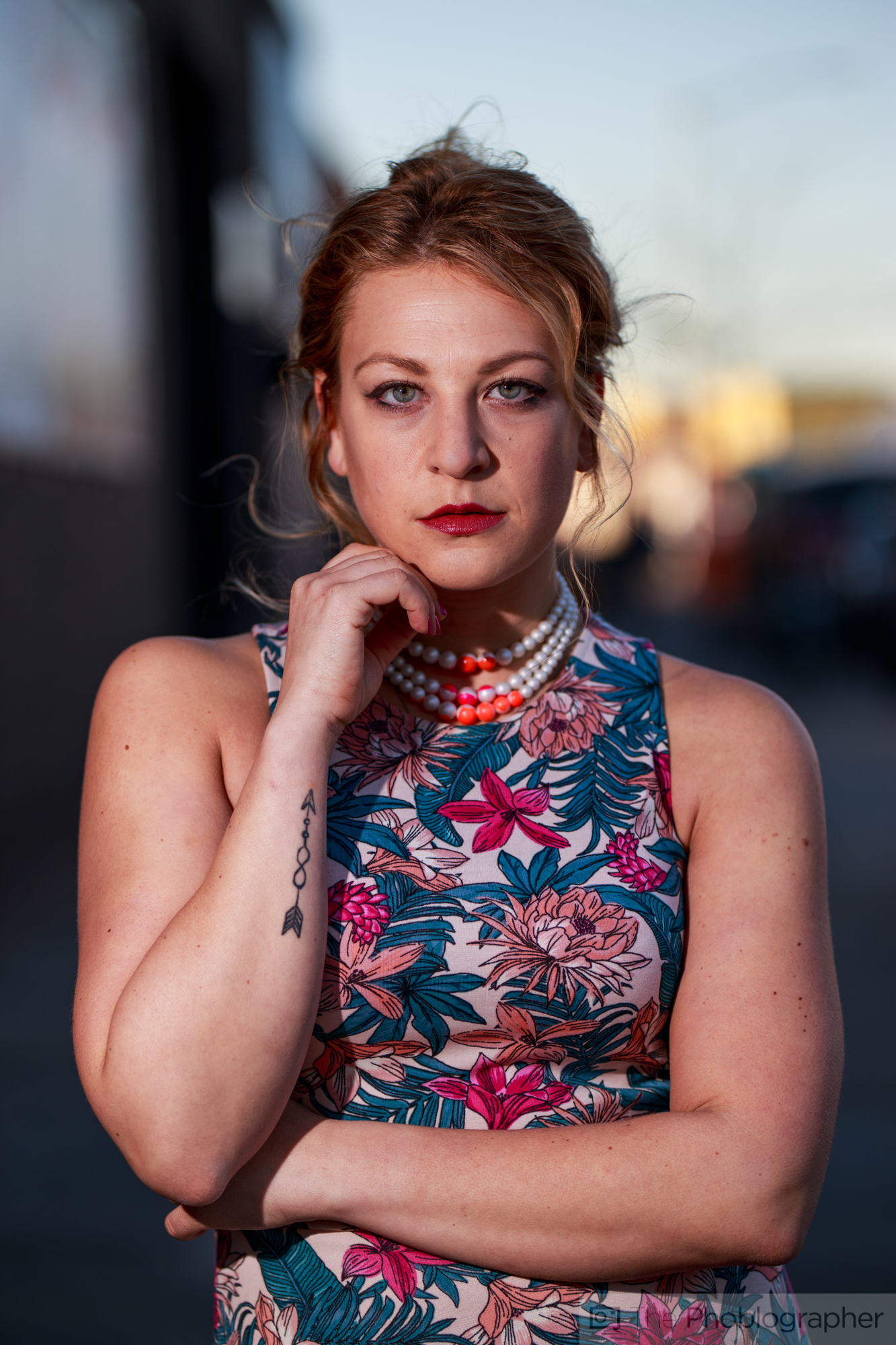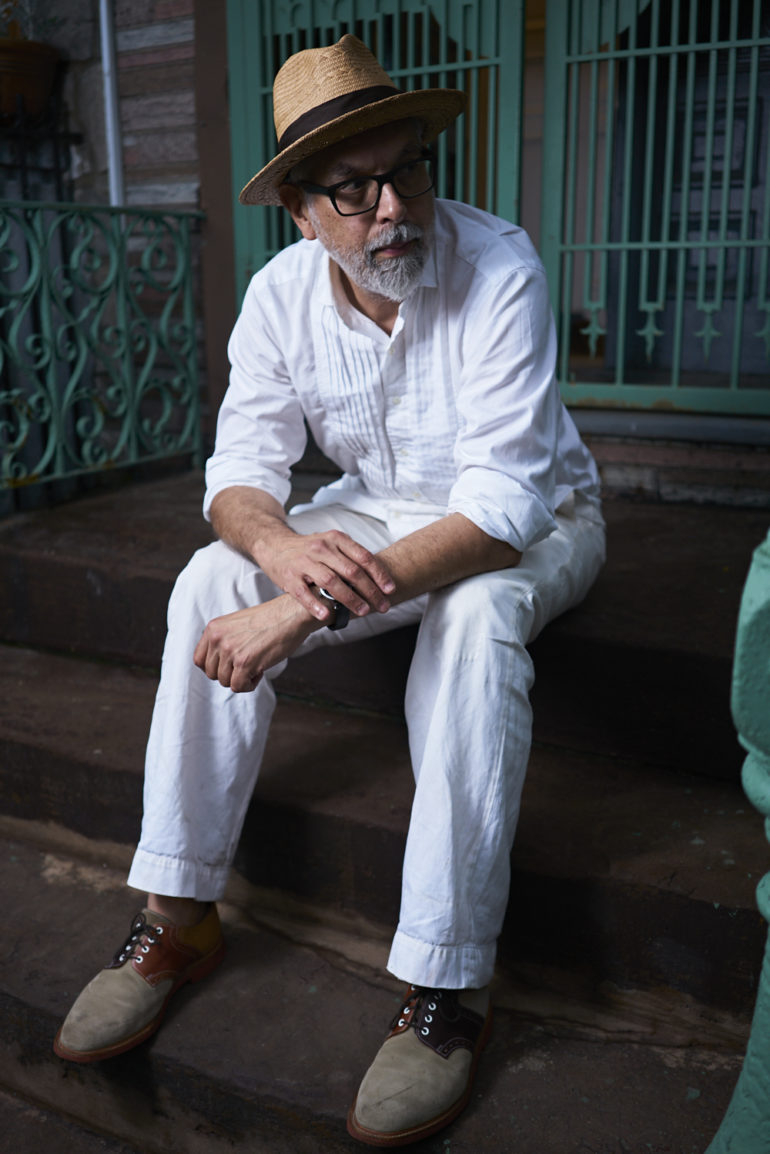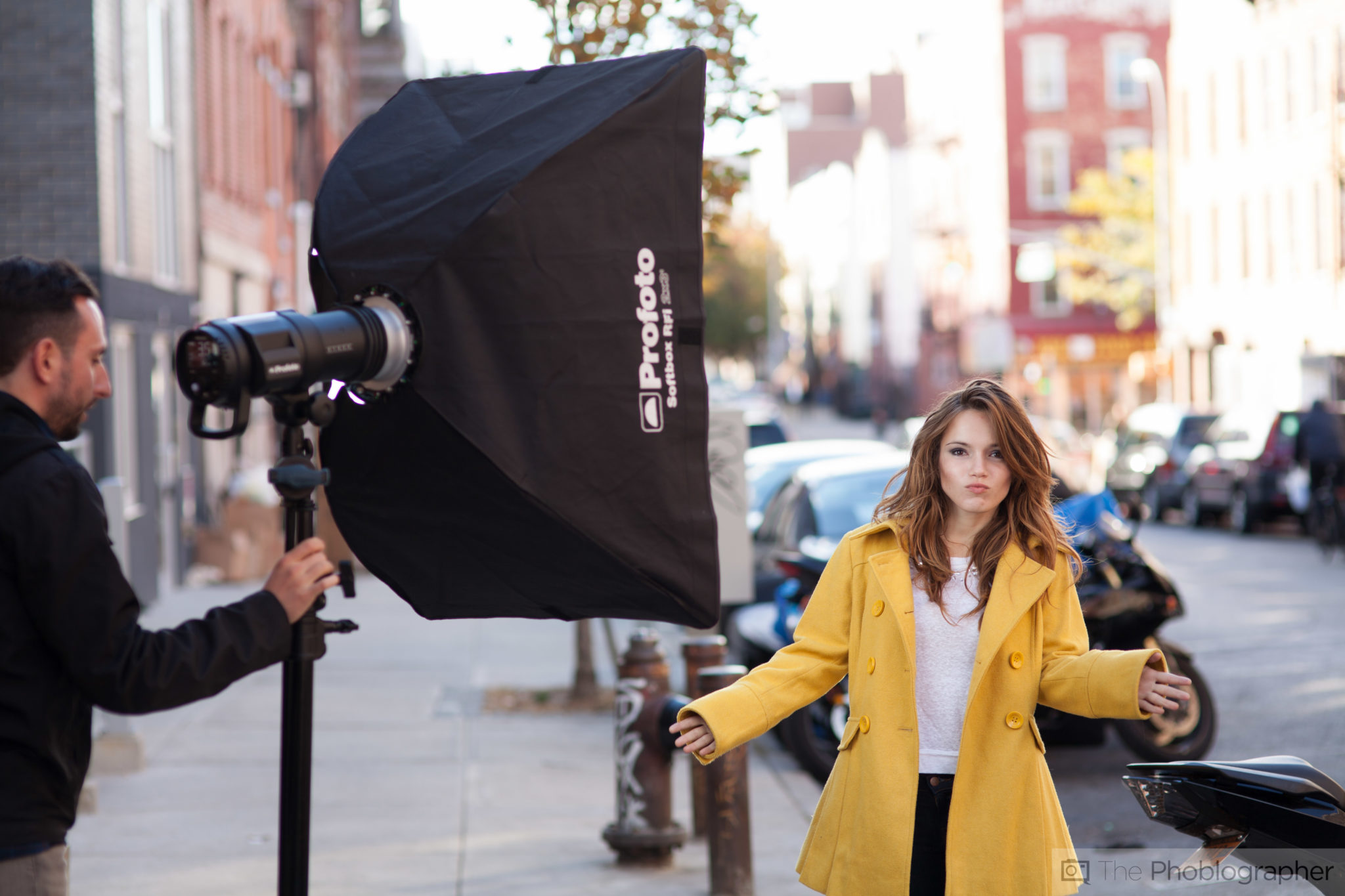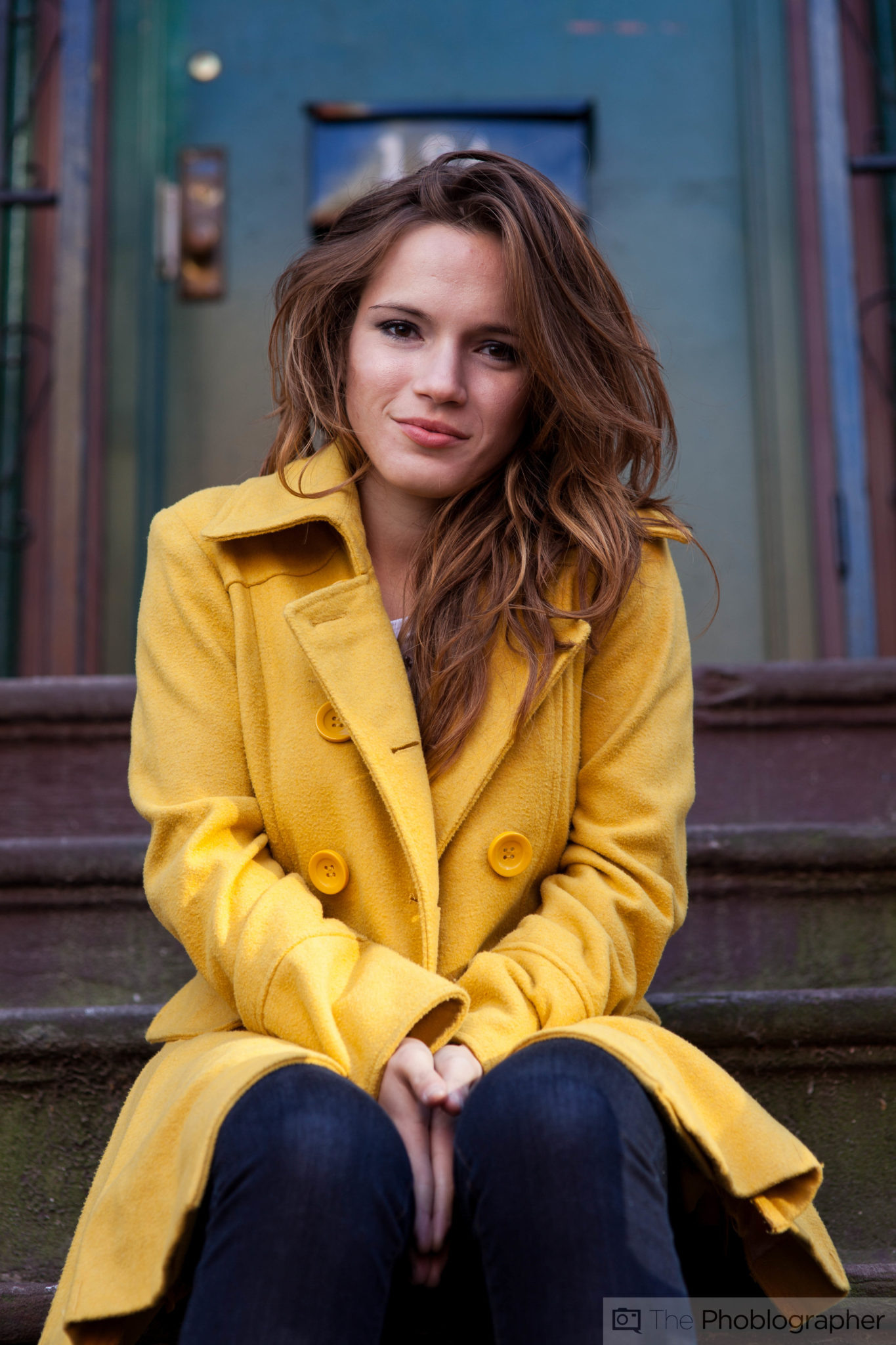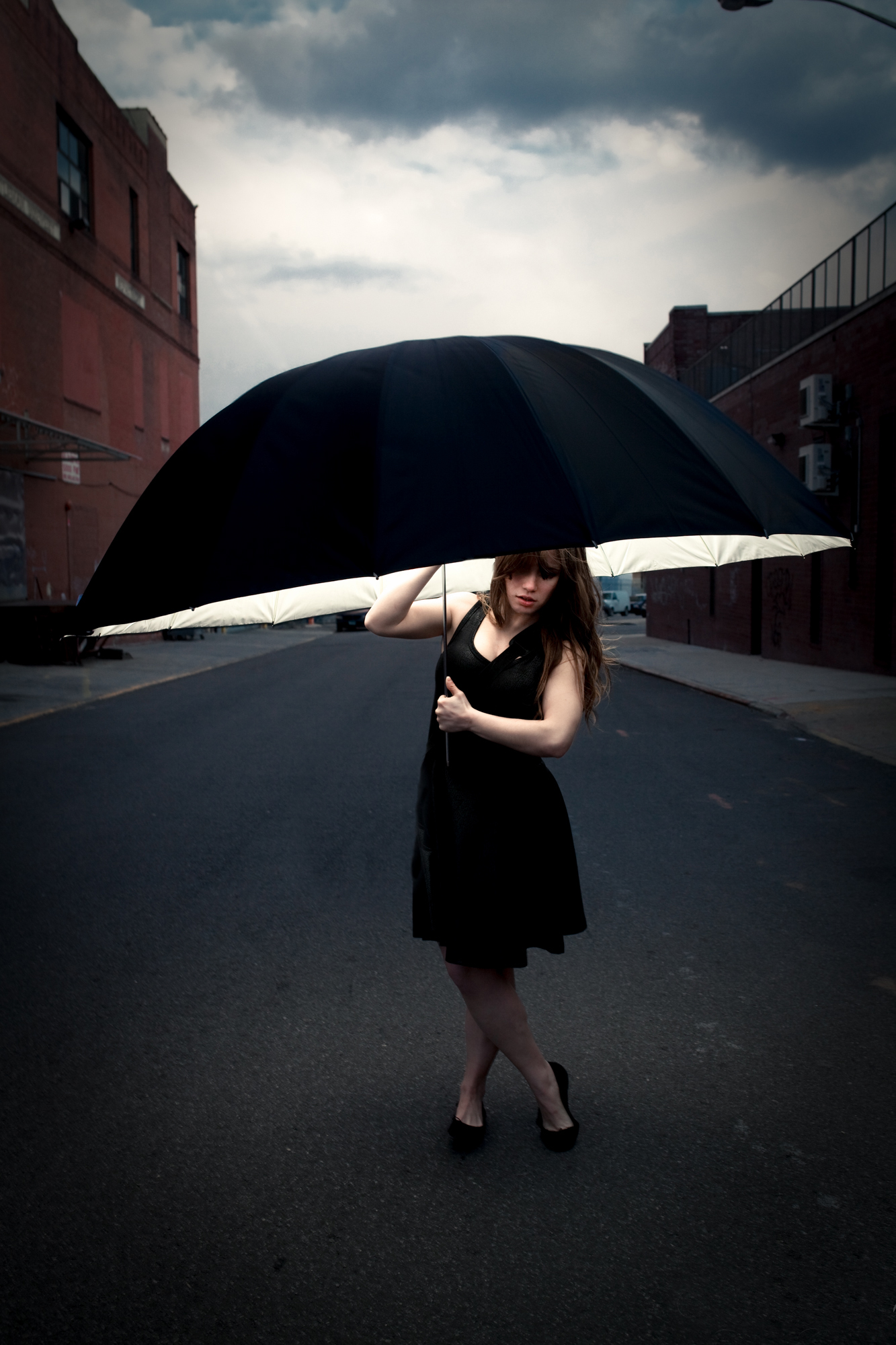The key to using a flash on camera during the day is all about power output.
When you think about using a flash, you’re probably thinking about only using it at night where you need more light. But, believe it or not, the best time to use a flash is during the day. It essentially helps you get a better histogram reading by filling in details all across the board. It’s also much better than using constant lights.
Shadows and Coverage
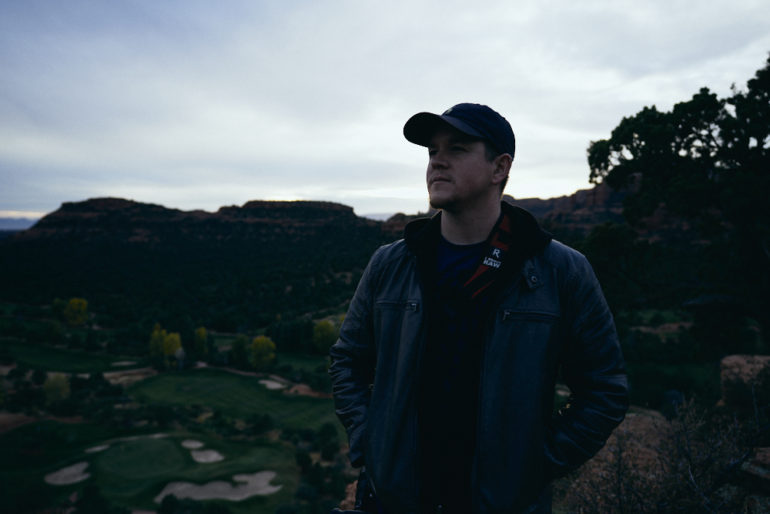
The first way to get a lot out of shooting with a flash during the daytime is by working in areas that are overcast or have a lot of shadows. These can be under trees, below awnings, or in areas where buildings are giving a lot of protection from direct sunlight. The reason why you do this is it makes it easier to blend the exposure of the flash and the natural light in the scene. In the images above and below, we showcase what a little bit of flash does for a scene.
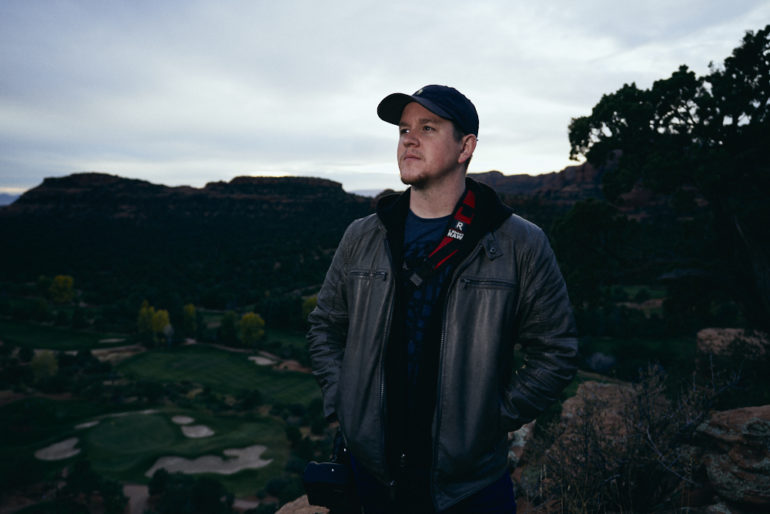
Working in shadows is also sort of cheating, but it works. It cuts down the available light for the effects of a flash to really come out in a scene. What this also means is that you can shoot with a faster shutter speed. Faster shutter speeds, when used with a flash, cuts down on the ambient light in the scene. Your aperture and ISO typically work directly with the flash. While your ISO controls the scene’s overall sensitivity, your aperture controls how much the flash output will affect the scene. If you’re shooting with TTL flash, these are the two biggest things the flash needs to read. If you’re shooting with manual flash, then your flash output will stay the same–so the variable is really just your aperture.
“Aperture controls how much of the flash output affects the scene when the flash is set to manual mode. Aperture helps to dictate what the flash output will be in TTL mode. The user can use exposure compensation to figure out the rest accordingly.” – From Why Should You Use High Speed Sync Flash Vs Natural Light?
Put the Flash Off-Camera
You can shoot with the flash on the camera’s hot shoe, but it’s pretty useless. To make the lighting seem more dynamic, you should really shoot with the flash off the camera. Put the flash on a lightstand. You can work with a light modifier of some sort like a softbox, beauty dish, or even a plain umbrella reflector. What this requires you to do is think about how the light will make the scene look–ultimately that plays into creating rather than capturing.
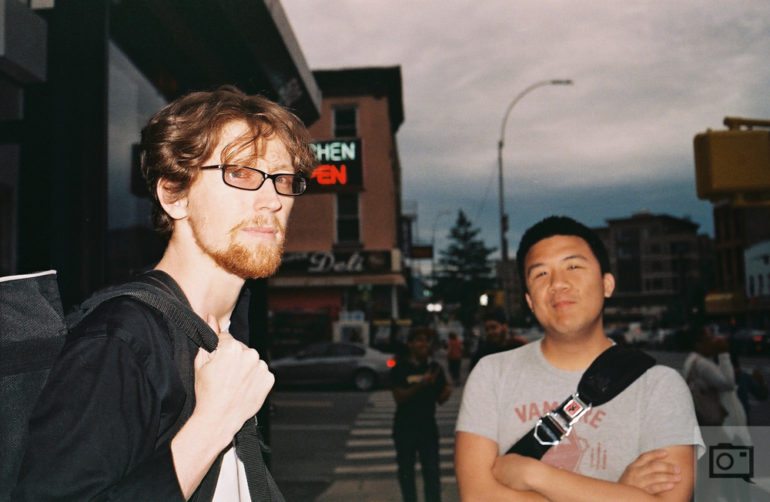
Here’s what a scene looks like with direct flash. This is indeed a look but it’s not always effective when working with flashes during the day.
“Flashes have zoom settings to match accordingly with lenses. Theoretically, if your flash output is covering a larger surface area, the light will be softer on your subject. Many flashes come with what’s known as a wide angle diffuser that is designed for it to be used with 14mm lenses. When this reflector is active and the power is very low, it will deliver very soft light that will give just enough punch to also bring out details in a subject that weren’t so easily viewable.” – From How to Make the Best of a Single Speedlight with No Light Modifier
More Specifically, Use a Strobe
There is a difference between a strobe and a flash. Flashes are primarily designed to be used in a camera’s hot shoe. Strobes, on the other hand, are meant to be put on light stands. There are lots of reasons to use a strobe over a flash:
- Power output: more power means that you can get stuff like a faster flash duration (talked about in a moment) and you can work in a way where the flash output will actually be seen during the daytime. Flashes often need more power to be able to overpower the sun’s light.
- More access to light modifiers
- High speed sync from a flash can only go so far
High Speed Sync vs Flash Duration
Two terms heard often are high speed sync and flash duration. But in regards to shooting with a flash during the day, they can both be great. High speed sync is when you can push the camera’s shutter to a higher speed than what it’s typically capable of doing. This requires the flash to strobe at a very fast pace. It also burns more power. On the other hand, Flash Duration is basically a flash’s version of a shutter speed. The slower it is, the more ambient light will be let into the scene. The faster it is, the faster of a motion it can capture–and also the more ambient light it will cut out. A faster flash duration will let you use your camera at the 1/125th or 1/250th flash sync that it is allowed to be shot at.
Dan at Adorama does a great job of explaining this concept too! The video below is his attempt at showing you the effects of both on a scene.
The Old School Method: ND Filters
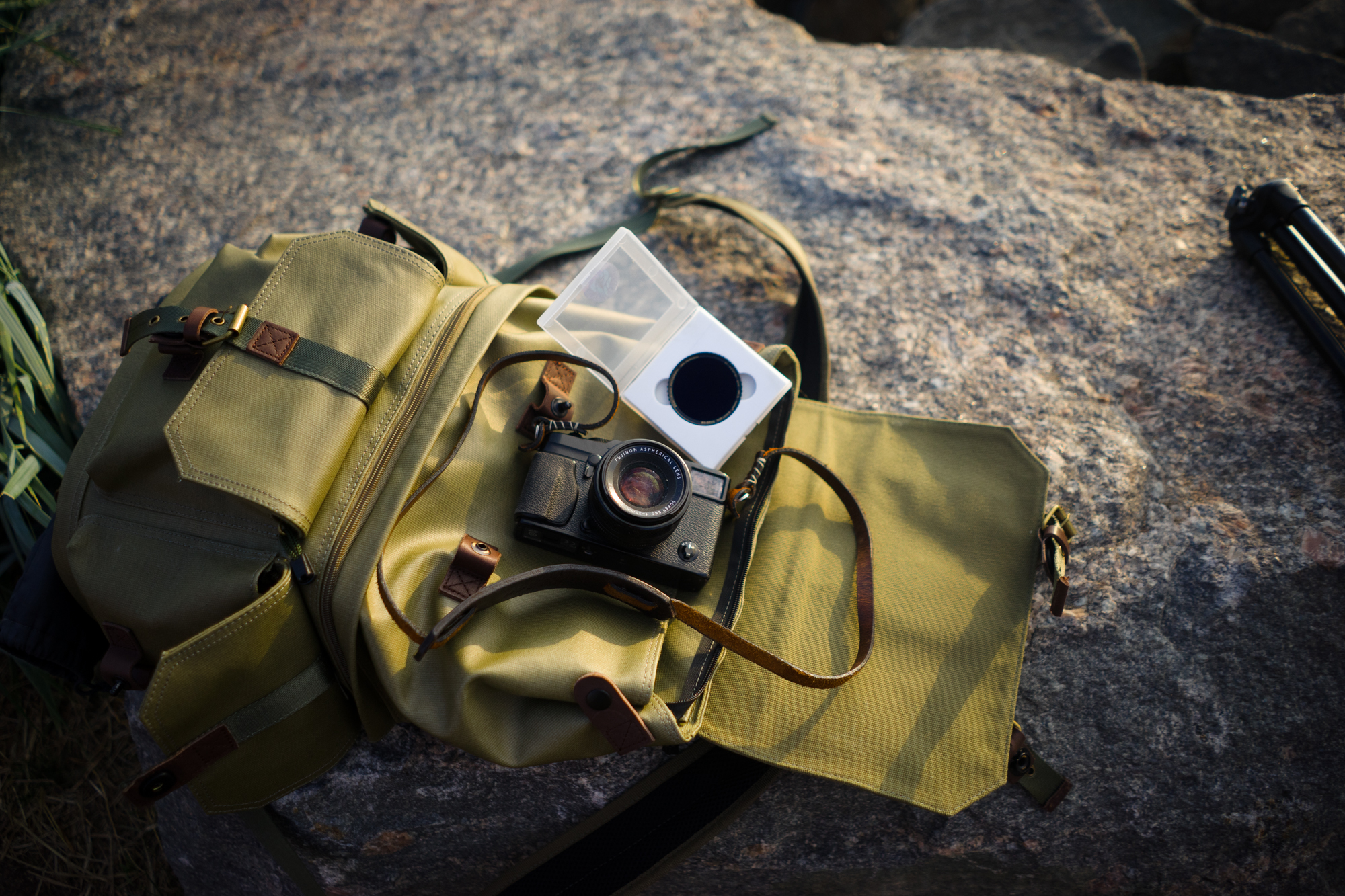
Read more at https://www.thephoblographer.com/2015/06/13/use-nd-filter-landscape-photography/#cWzyS6EPpmy7P3Cs.99
The last way to work with a flash during the day is to use an ND filter–which is a very old school technique. The problem here is that the ND filter often cuts down on the camera’s autofocusing abilities because of how dark things become. So, if anything, you’ll need to focus the lens, put the ND filter on (or dial in the setting in the case of a vari-ND) and then shoot. It’s an odd workaround, but it works. I shot the image below using that technique. And you can read more about how I did it in this blog post.


